We all know that routine maintenance is important for everything from our computers to our cars. But sometimes, we fall short. One of the most neglected routine car maintenance tasks is to check tire pressures and inflate them as necessary. That’s why newer cars have tire pressure warning lights, or tire pressure monitoring systems (TPMS), that let you know when you have under- or over-inflated tires (when any tire is 25% underinflated).
Older vehicles don’t have this useful warning light. So, don’t wait for a rupture to check or change a tire. Use this guide to learn how to check the pressure (PSI) of your vehicle tires and how to inflate them to the proper air level.
Why should you check your tire pressure?The number one reason why you should periodically check your tire pressure is SAFETY, but there are monetary and handling reasons as well:
Proper tire pressure (as recommended by the manufacturer) is needed to drive safely and efficiently. According to a 2009 report by the National Highway Traffic Safety Administration:
“…about 28% of light vehicles on our Nation’s roadways run with at least one underinflated tire. Only a few psi difference from vehicle manufacturer’s recommended tire inflation pressure can affect a vehicle’s handling and stopping distance. Poor tire maintenance can increase incidences of blowouts and tread separations. Similarly, underinflation negatively affects fuel economy.”
When your tires are underinflated, the tires get fatter, increasing their surface area. This causes high heat generation and extra resistance that could result in higher fuel costs, blown out tires, tire wear, and loss of control.
If you feel like you’re spending too much at the gas pump, it might be your tires. According to the US Department of Energy:
“You can improve your gas mileage by 0.6% on average—up to 3% in some cases—by keeping your tires inflated to the proper pressure.
Under-inflated tires can lower gas mileage by about 0.2% for every 1 psi drop in the average pressure of all tires.”
In addition to safety and fiscal concerns, keeping your tires properly inflated will also reduce your impact on the environment. When your tires are properly inflated, you’ll pay less for gas, replace your tires less often, and improve your handling and stopping distance. You’ll also feel better knowing that you are emitting less carbon dioxide and other harmful substances into the atmosphere.
What is the right PSI level?PSI stands for pounds per square inch. The recommended PSI for your vehicle’s tires is determined by the vehicle’s manufacturer and the recommended tire size.
One big question that we get is whether you should follow the recommended PSI level on the tire itself or the recommended PSI level printed in your owner’s manual or on the placard inside of door edge, glove box door, or fuel door.
Do NOT use the max PSI that is printed on the tire sidewall. This is not the recommended PSI level. The pressure amount on the tire is normally the maximum allowed pressure. The correct PSI level is almost always less than what you see printed on the side of the tire. Over-inflation can lead to poor handling and comfort, overheating and blow outs. Over 40 PSI is a dangerous level for most vehicles!
Make sure you always use the recommended PSI as provided in your owner’s manual and don’t go any more than 5 PSI over the recommended level. You should make sure, however, that your tires are appropriate for your vehicle. You can do this by checking the car’s owner’s manual or the placard that is on the inside of the driver-side door, glove box, or fuel door.
Most car tire pressure recommendations range from 30-35 PSI.
How often should I check tire pressure?A question in many minds is when is the appropriate time and frequency for checking and inflating vehicle tires.
A quick google search will reveal a variety of different opinions and suggestions. Some say that you should check your tire pressure every 2nd visit to the gasoline station, while others say once every 3-6 months is OK.
Most tire and vehicle manufacturers, on the other hand, will say that you should check your tire pressure at least once every month, or every second trip to the gas pump. Your tires will lose around 1 PSI each for every month that goes by.
Unfortunately, not one answer will fit every situation. There are several factors that influence how often you should check your tire pressure, including:
Did you know that for every 10°-drop in temperature, you lose 1 pound of pressure?
If you have a leaky valve or a small puncture, you will lose air pressure much more quickly. This is one more reason why you should frequently check the tire pressure on all of your tires.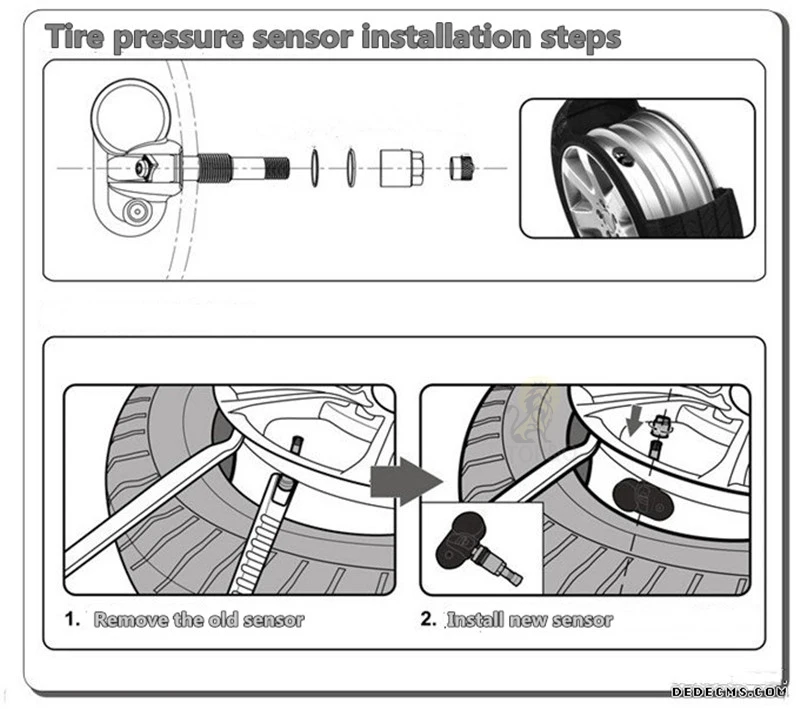
Since tire pressure constantly fluctuates, it’s important to check it periodically (at least once a month) and add air as necessary.
How to Check Tire PressureFinding out the tire pressure of your tires is incredibly easy. All you need is a pressure gauge (click here for additional items you should have in your vehicle).
Just make sure that you are checking your tires when they are relatively cold. If you check your tire pressure after a long drive, you will get an inaccurate reading since heat will temporarily increase the tire pressure reading.
Unfortunately, not all pressures gauges are created equal. Some are better than others. We recommend shelling out a couple extra bucks for a digital reader. The pop-up, stick-type versions are notoriously inconsistent and unreliable. A reliable gauge will be well worth the investment. Prices range from about $5 for the stick-type and about $30 for the digital and dial-type pressure gauges.
You can also check your tire pressure at most gas stations or auto repair shops. Discount Tire offers free tire pressure checks and inflation.
Here are the steps for checking your tire pressure: Check the tire pressure again. Release more air if necessary. If you release too much air, you can always add some air back.
Check the tire pressure again. Release more air if necessary. If you release too much air, you can always add some air back.It should only take you a couple minutes to check the air pressure of your vehicle’s tires. As soon as you restore tire pressure to the recommended levels, you’ll start experiencing the safety and savings that come with this regular maintenance task.
Watch this video for more information on how to check your tire pressure:
How to Inflate TiresHere are the steps for adding air to your tires:
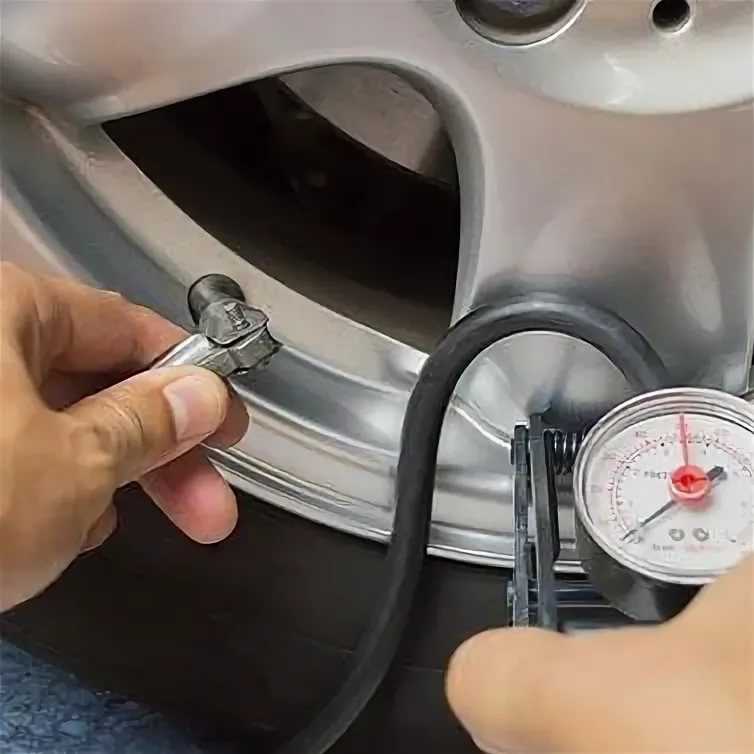 Instead, go to your local gas station that has a coin-operated air pump (ask the attendant if you can’t find it). You can also purchase your own automatic air compressor, but it will cost you around $50-$150.
Instead, go to your local gas station that has a coin-operated air pump (ask the attendant if you can’t find it). You can also purchase your own automatic air compressor, but it will cost you around $50-$150. Hold it firmly against the valve as you listen to the air filling the tire.
Hold it firmly against the valve as you listen to the air filling the tire.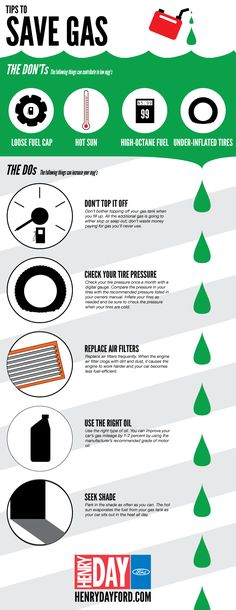 You’ll want to screw them back on now.
You’ll want to screw them back on now.Remember, just one drop in PSI can lower your gas mileage by about 0.2%. For every 3-4 PSI units that your tire is underinflated, you are burning around 1% more fuel.
If your tires are flat, then you probably have a leak. Add air and see if you can drive around without the pressure dropping. If you hear air escaping the tire while you are filling up, then it’s time to replace the tire.
Tip: Learn how to use the air pump properly first. Some automatic air pumps at gas stations have a handle/switch that you need to depress in order for the air to flow. When you let go of the handle, a tire pressure gauge will pop out showing you the tire pressure. At the same time, air will be slowly released. If your air pump has this kind of handle, then you will want to hold down the handle for most of the time, periodically releasing it to check the pressure reading. Consult your own tire pressure gauge for accuracy.
When should I replace my tires?If you check your tire pressure at least once a month as recommended, you’ll also get a good idea of the general condition of your tires and when you should replace them.
We recommend using the penny test:
Source: bridgestonetire.com
Click here for more car maintenance tips. Click here for car winterization tips.
Auto Simple wants you to find a vehicle you love at a price you can afford. We carry a large selection of hand-picked, Certified Pre-Owned vehicles, all with a 6 month/6,000-mile Powertrain Warranty.
If you have any questions, don’t hesitate to speak with one of our Online Specialists or give us a call:
Chattanooga, TN – (423) 551-3600
Cleveland, TN – (423) 476-4600
Dayton, TN – (423) 775-4600
Dalton, GA – (706) 217-CARS (2277)
Follow us on social media for more useful information on buying, selling, and maintaining vehicles: Facebook, Twitter, Youtube, and Google+.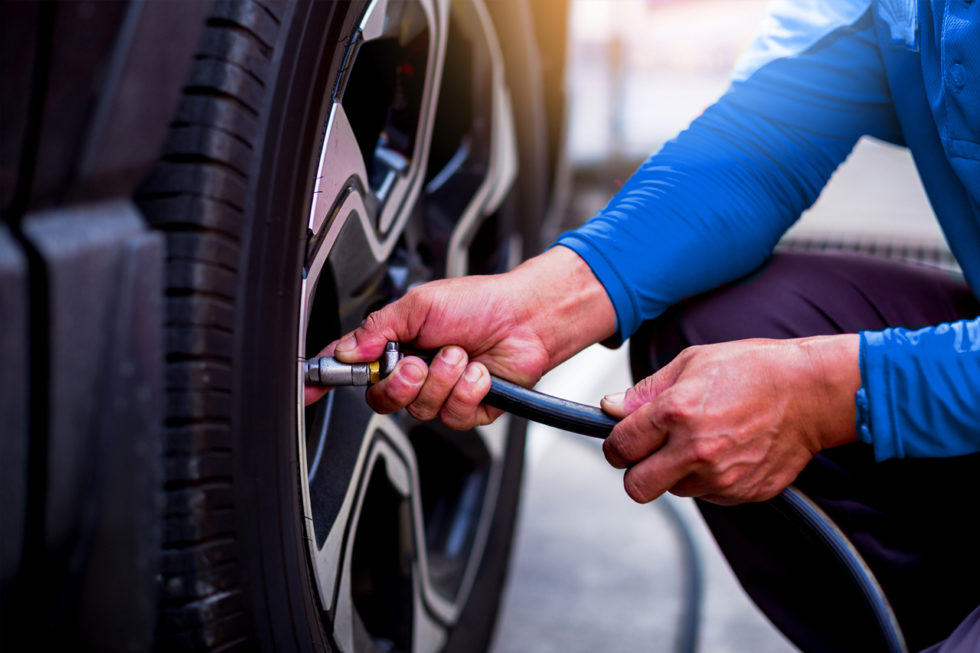
Picture this. You’re happily driving along a highway before your car starts wobbling, and as the vibrations get stronger, you wonder, what gives?
You pull into the next exit and check your tires of course, and lo and behold! One of your tires is looking a little miserable. You don’t have a flat, but it is clearly deflating.
Checking the PSI of your tires regularly should be part and parcel of your car’s regular maintenance, right up there with the oil levels. You can easily get a car tire pressure gauge from any auto shop, and sometimes they are even given out for free!
Fret not. If you happen to check your tires and realize that you are under the manufacturers’ recommended guidelines, head to your nearest gas station, and they’ll have a compressor that you can use, probably for a dollar or two. It is easier than you think.
If you have never inflated your car tires, here’s what to do.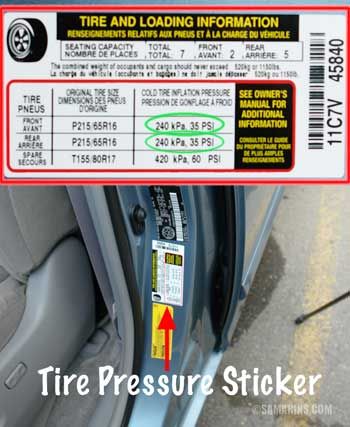
Step 1
To begin, position your car near the air pump in such a way that the hose can reach all four tires.
Step 2
Find the right tire PSI for your car once you’ve parked in a decent spot. Look at the car manual, or a label containing this information that’s stuck to the driver’s door. If you don’t see a tire pressure label here, look inside the fuel door.
Tire pressure values from the owner’s manual.Step 3
Then remove each valve cap and don’t lose them! Put them in your pocket or something. There are countless poor tires around without valve caps, but you’ll have to deal with dirt, grime, and potential blockages.
Step 4
Connect each one of the valve stems to the air pump. Firmly secure the tube to the valve stem so that air cannot escape. A hissing sound, which indicates air is escaping from the tire, should not be heard while doing this. Start filling it with air.
Most of the compressors found at gas stations will have pressure gauges, or else, use any portal pencil gauge.
Step 5
Return the hose to the machine and replace the valve stem caps on your tires once you’ve filled all four tires to the proper pressure. Don’t forget to pay, if you have to! Some gas stations charge, but some are free.
Now you are all done and ready to go back down the road!
Watch this video to learn how to check and fill your car tires.When it comes to your vehicle, there are a lot of things that you need to take care of to keep it running smoothly. One of the most important aspects of car maintenance is making sure that your tires are properly inflated.
If your tire pressure is low, it can cause a variety of problems. For one, it can lead to decreased fuel efficiency. Additionally, low tire pressure can cause uneven wear on your tires, which can shorten their lifespan.
For one, it can lead to decreased fuel efficiency. Additionally, low tire pressure can cause uneven wear on your tires, which can shorten their lifespan.
Worst of all, if your tire pressure is too low, it can make your car less stable and more prone to accidents.
You might think, well, why not just over-inflate, and be done with it?
When you drive on overinflated tires, you risk a range of problems. Over-inflated tires are more likely to blow out. A blown tire can cause you to lose control of your car, putting you and others on the road at risk.
In addition, several of your vehicle’s safety systems, such as your anti-lock brake system, are designed to operate when tires are filled to the manufacturer’s specifications. Some of your car’s driver assistance systems may be jeopardized if your tires are over-inflated.
Under-inflated tires lengthen braking distances greatly and have a significant impact on steering and handling. In addition, when tire pressure is low, more of the tread face of the tire contacts the road, causing friction.
In addition, when tire pressure is low, more of the tread face of the tire contacts the road, causing friction.
In severe circumstances, this friction can produce overheating, which can result in tread separation and blowouts. It could also cause the shortening of the life of your tires by 15% or more because the edges of your tires make increased contact with the road when they are under-inflated.
Improper tire pressure can cause quick or uneven wear, resulting in considerable internal tire damage, as well as unexpected tire failure and catastrophic injury.
To get the best out of your gas mileage, proper tire pressure should be adhered to according to the manufacturers’ instructions.
Related: How Long Should Your Tires Last & How To Make Them Last Longer?
Under-inflated tires force your engine to work harder, reducing fuel efficiency, and increasing the surface area with the road, resulting in higher resistance and greater wear and tear.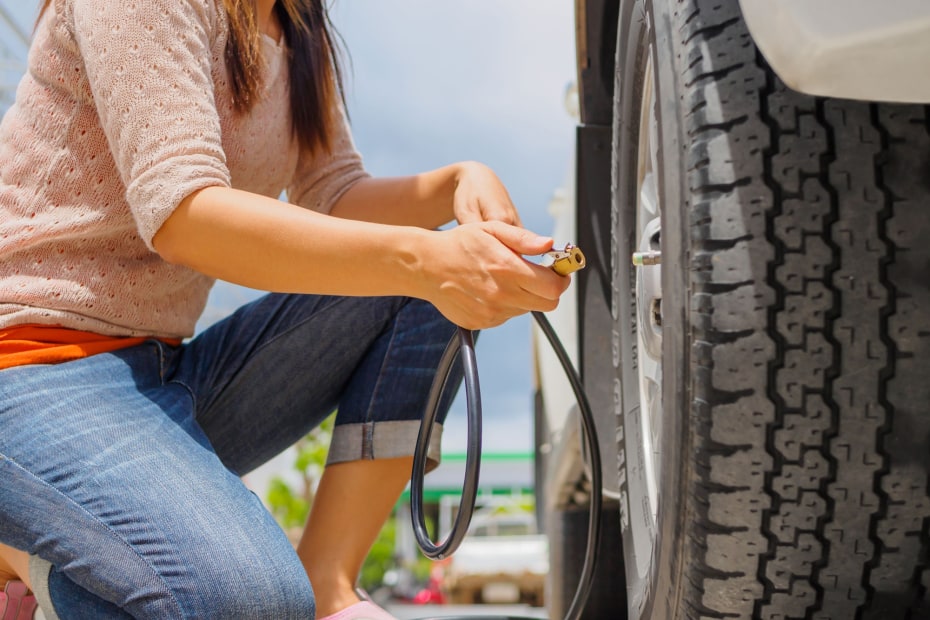
As a result, the gas economy suffers and gasoline costs rise – up to 1.3 cents per liter. Depending on how frequently you fill up, this may add up to hundreds of dollars in a single year.
Tire pressure should be checked monthly, or as often as you can, especially if you are hitting the road on a long drive. Your tires will continue to lose pressure even if there are no leaks. Oftentimes, tires lose an average 1 pound per square inch (PSI) of tire pressure every month.
Related: How to Use an Air Compressor to Inflate Your Tires at Home
Because your car is unlikely to warn you until your tire pressure is quite low, it’s critical to check your tires manually. Checking your tire pressure regularly will help extend the life of your tires and alert you to small concerns before they become major headaches.
When it’s hot outside, the air in your tires expands and takes up more volume, while when it’s freezing outside, the air takes up less space. As a result, when the temperature drops, your car’s computer thinks your tires are deflated.
As a result, when the temperature drops, your car’s computer thinks your tires are deflated.
For every 10 degrees Fahrenheit that the temperature decreases, the inflation pressure in tires drops by 1 to 2 pounds per square inch (PSI).
In addition, while you drive your car and the tires heat up, the pressure in the tires will increase by one psi every five minutes for the first 15 to 20 minutes. The temperature difference can range from 3-5 pounds per square inch (PSI).
Do not wait until the TPMS (Tire Pressure Monitoring System) light illuminates before checking the tire pressure, since a regular TPMS may:
Tire manufacturers offer a suggested PSI that specifies the ideal pressure level for your vehicle’s tires.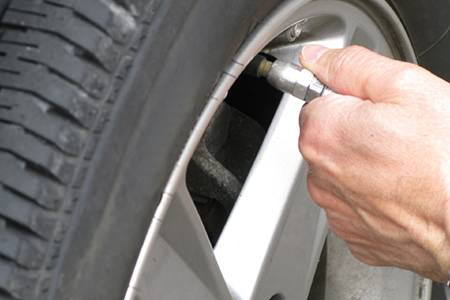 That PSI value is for when your tires are cool.
That PSI value is for when your tires are cool.
When adding air to your tires in the winter, it’s best to do it when the tires are still cool.
Measure the tire pressure in each tire before leaving the house and make a note of it. Measure the tires again when you get to the gas station, then add the amount of pressure you need based on the initial measurement.
If you drive with your tires under-inflated, you will lose some steering control, increase friction, cause additional tire wear, and reduce your car’s gas mileage efficiency.
Similarly, as the season and weather change from hot to cold, you’ll be able to make a variety of modifications to your vehicle. One thing to keep in mind is that your tires may require air inflation again. This is due to the fact that when the temperature drops, so does the air pressure in the tires.
In addition, tire pressure can even change throughout the day! What is hot during the day can be sub-zero at night, depending on your geographical location.
So there you have it. It’s pretty easy. Check your tires from time to time, make sure that the pressure falls within the recommended manufacturer’s guidelines, and fill it with air if it falls below.
Avoid over-inflating your tires, as this can lead to numerous problems and safety concerns!
Stay safe out there and happy driving!
All pressure gauges built into the compressors show incorrect values! And the reason is not only the inaccuracy of the instruments.
The examination of compressors with digital pressure gauges did not involve big "discoveries". However, at the very first measurements, an interesting thing turned out: the reference pressure gauge showed that the pressure in the inflated tire was not at all the same as that given to the compressor. They took another compressor - the tire again turned out to be under-inflated. And so it was with all devices. Why?
Why?
10 pumps: examination of compressorsTire pressure monitoring systems - how they workTire pressure: your norm
First thought: regular pressure gauges lie. To check them, a splitter was connected to the compressor hose. One of its sleeves was connected to an exemplary pressure gauge, and the second to the inflated wheel.
How to inflate a wheel without a pump? 5 myths and 2 risky ways
Indeed, they all lied, but the pressure in the inflated tire still did not correspond to the required one. An exemplary pressure gauge connected to a running compressor showed 2.0 bar, but as soon as the electric motor died, the pressure decreased to 1.8 bar. The same exemplary pressure gauge showed when connected directly to the wheel valve. How to explain this fact?
The fact is that approximately 0.2 bar is lost when overcoming a narrow bottle neck - channels in the spool. As soon as the compressor is turned off and the air flow becomes equal to zero, the pressure in the entire system immediately equalizes - then the error of the compressor pressure gauge can be estimated.
As soon as the compressor is turned off and the air flow becomes equal to zero, the pressure in the entire system immediately equalizes - then the error of the compressor pressure gauge can be estimated.
Inflate or inflate? Non-Standard Compressor Test
Understanding came when they guessed to connect a valve turned out of the wheel to a running compressor. It would seem that the pressure gauge should show zero: after all, there is no back pressure. However, the first experience showed an excess of 0.4 bar! Having gone through several valves from different manufacturers, we determined the range of "overestimations" - from 0.4 to 0.6 bar.
The variation depends on how much the spool pin moves when the compressor hose nozzle pushes on it. Just don’t think that we didn’t fit or screw the pump tip onto the valve tightly enough. If the tip does not press the spool pin at all, the valve will open at a pressure of at least 5 bar. And such an ordinary automobile compressor develops with great difficulty.
And such an ordinary automobile compressor develops with great difficulty.
Installation diagram for checking compressor pressure gauges
1 wheel, 2 valve, 3 reference pressure gauge, 4 test compressor with integrated pressure gauge.
This "error" is easiest to catch when you inflate a completely flat tire. The pressure gauge in the first second of compressor operation will show a pressure of at least 0.4 bar. This is the backwater formed by very narrow sections for the passage of air in the spool. And its value is maximum on a flat tire. Why does it decrease as tire pressure increases?
Small-sized tire compressors: expertise of the magazine "Behind the wheel"
At the beginning of pumping, the flow is maximum, the speed is high and the resistance (it is proportional to the square of the speed) is greater. As the tire is inflated, it becomes harder for the compressor to pump, the air flow drops, and with it the resistance on the spool decreases. Therefore, at high pressures, compressor pressure gauges show tire pressure more and more accurately. And at the maximum pressure that the pump can develop, the flow rate, and with it the back pressure, tend to zero. And the measurement error disappears.
Therefore, at high pressures, compressor pressure gauges show tire pressure more and more accurately. And at the maximum pressure that the pump can develop, the flow rate, and with it the back pressure, tend to zero. And the measurement error disappears.
The connecting element, slipped or screwed onto the valve, also plays a role in the resistance of the air supply line from the compressor to the tire. The largest air passage is provided by tap type tips, and the highest resistance - up to 0.15 bar - is provided by tips with a narrow gap. But it is especially important that the tip fully presses the spool valve. Because if it does not fully open, the resistance of the spool will become even greater. The correct connection of the tip to the valve is important here. It is necessary to ensure the tightest possible putting on (or screwing) of the tip.
Compressor tips are available in different designs. The larger the cross section, the better for the passage of air.
It remains to recognize the obvious: it is impossible to accurately set the pressure using compressor pressure gauges . After all, any valve is an obstacle to the air flow. And any obstacle creates the same counterpressure. For this reason, in all compressors, the pressure generated is always greater than what we later measure directly on the wheel. Therefore, even the most accurate built-in device will always show a pressure higher than in the tire. And accordingly, the compressor will turn off earlier than necessary.
It is better to inflate the tire with a reserve, measure the pressure with an accurate pressure gauge and bring it back to normal by bleeding excess air from the tire.
Choosing a tire pressure gauge - cheaper and more accurate
You can set the pressure with some advance. If you need to get 2.0 bar, you should inflate the wheel to 2.2 bar. However, different valves create different back pressure, the value of which is not known in advance.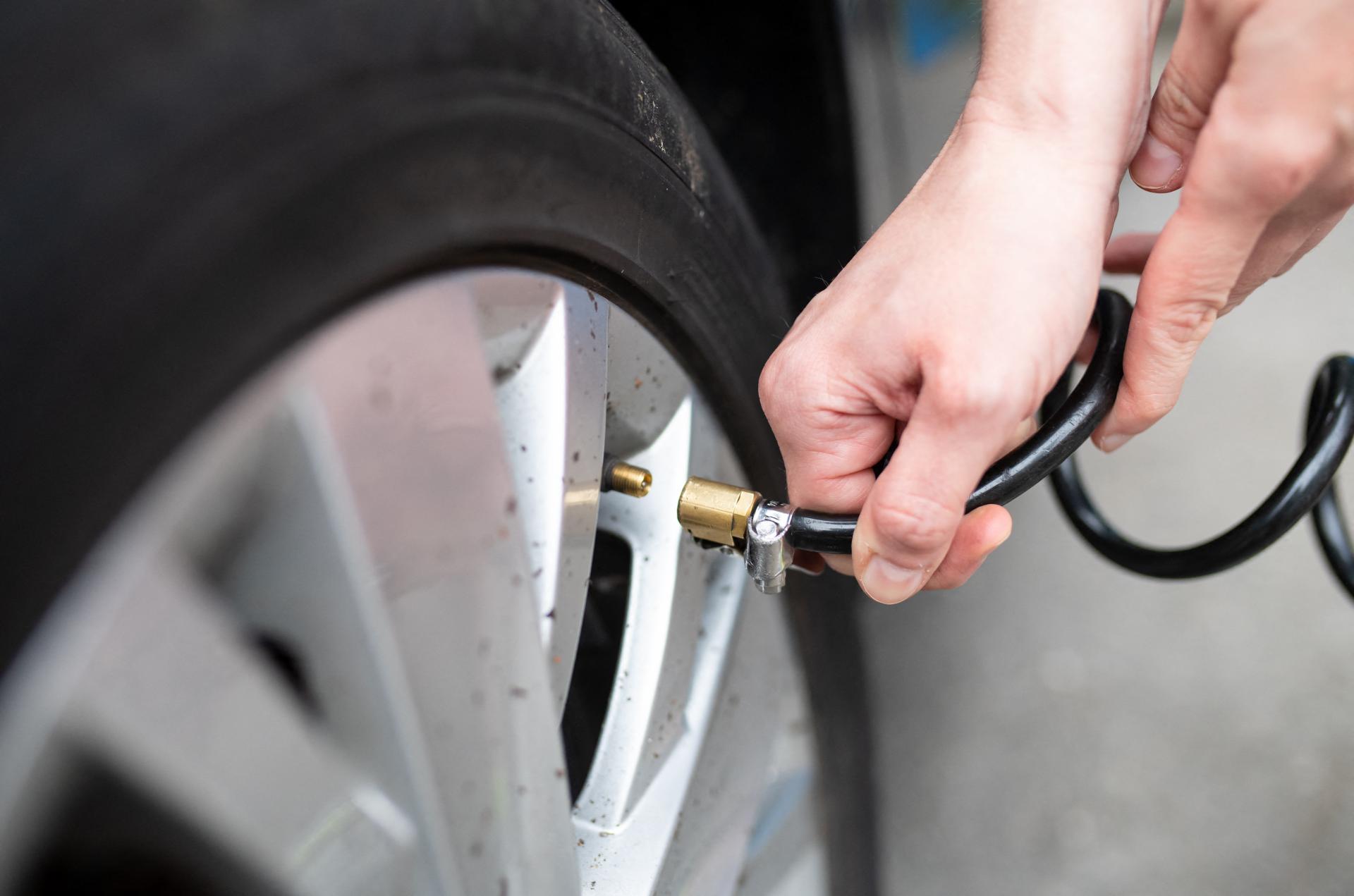 And even in one car, she can walk from wheel to wheel. We encountered this phenomenon in the examination of electronic pressure gauges (we will publish it in the September issue of the journal). By the way, in most cases, their accuracy is higher than that of the devices built into the compressors. Therefore, we advise everyone to acquire such a pressure gauge in addition to the compressor.
And even in one car, she can walk from wheel to wheel. We encountered this phenomenon in the examination of electronic pressure gauges (we will publish it in the September issue of the journal). By the way, in most cases, their accuracy is higher than that of the devices built into the compressors. Therefore, we advise everyone to acquire such a pressure gauge in addition to the compressor.
As a result of , the surest way is to inflate the wheel to a known higher pressure, with an excess of 0.2–0.3 bar, and then measure the actual pressure with a pressure gauge, bleeding air from the tire if necessary .
OUR REFERENCE
Spool design
1 – sealing sleeve; 2 - sealant; 3 - threaded bushing; 4 - spool rod; 5 - valve body; 6 - valve body; 7 - conical spring; 8 - valve cup. The spools of the old (a) and new (b) samples are completely interchangeable. The air resistance is about the same.
If you looked into the wheel valve hole, you probably saw a spool there.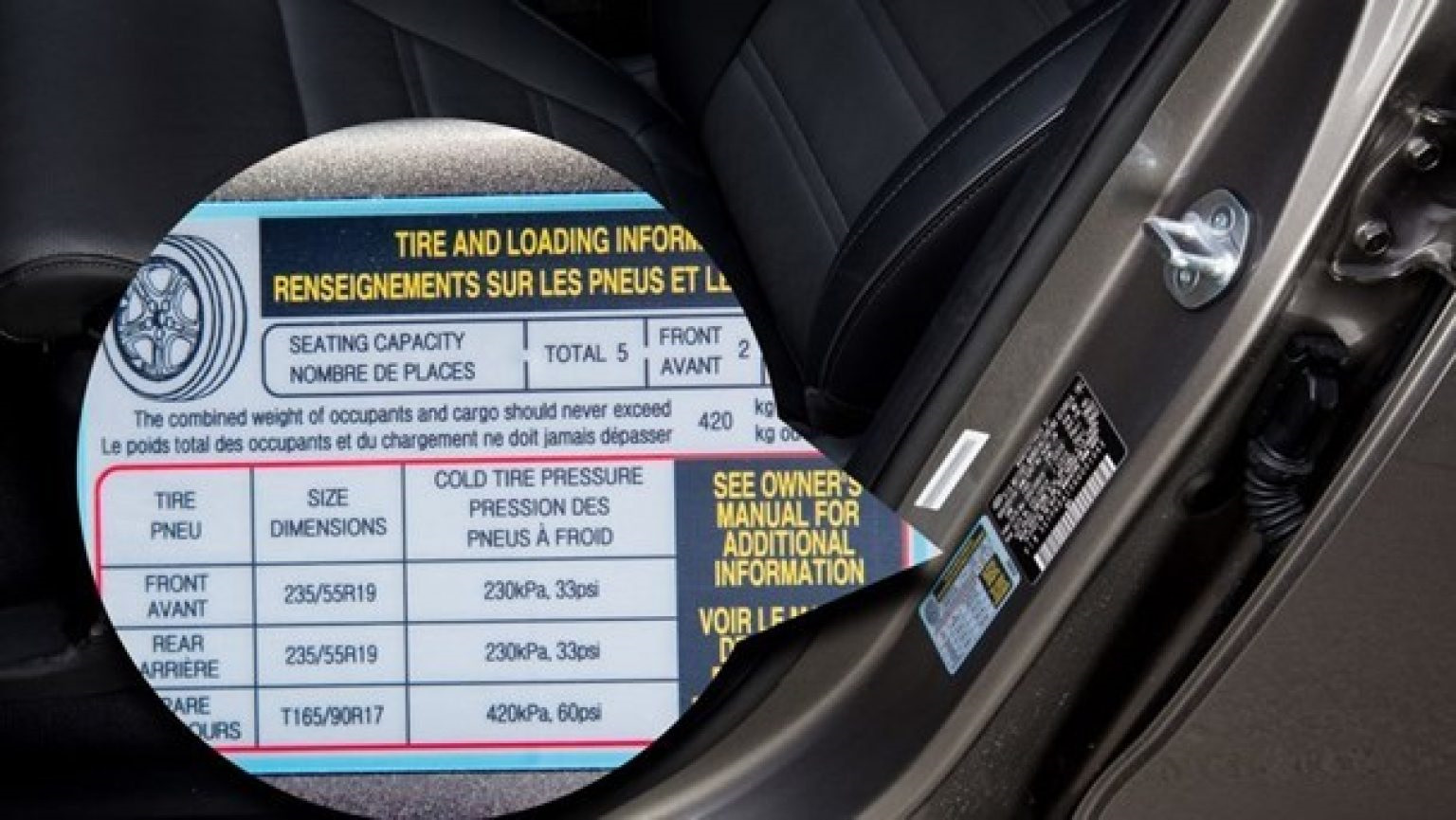 This device, standardized throughout the world, is used not only in the wheels of cars, motorcycles and bicycles, but also in air conditioners, scuba gear and other elements of pneumatic equipment.
This device, standardized throughout the world, is used not only in the wheels of cars, motorcycles and bicycles, but also in air conditioners, scuba gear and other elements of pneumatic equipment.
It is the Schrader valve that creates the main resistance to the air flow. Due to its influence, no pressure gauge will show the correct pressure while the compressor is inflating the wheel.
See also
Tires are the only vehicle element that is in constant contact with the road. One of the main indicators of their serviceability is pressure. It affects not only fuel efficiency, but also safety.
As a rule, car manufacturers recommend maintaining tire pressures between 2.0 and 2.8 atm. But in practice there are situations when it is necessary to deviate from this norm.
adv.rbc.ru
Tire pressure should be checked at least once a month, there are several ways to do this. We understand why it is so important to observe the optimal pressure indicator and what it affects.
In this story:
Tire pressure is the resistance with which air "presses" on the inner area of the rubber. Properly inflated tires will last longer, give you better ride quality and improve your driving safety. If the pressure in the tires is too low or they are pumped over, then the car owner runs the risk of facing a number of problems: from buying new tires to the threat of an accident.
Properly inflated tires will last longer (Photo: Global Look Press)
Under-inflated tires are tires that are below the recommended pressure.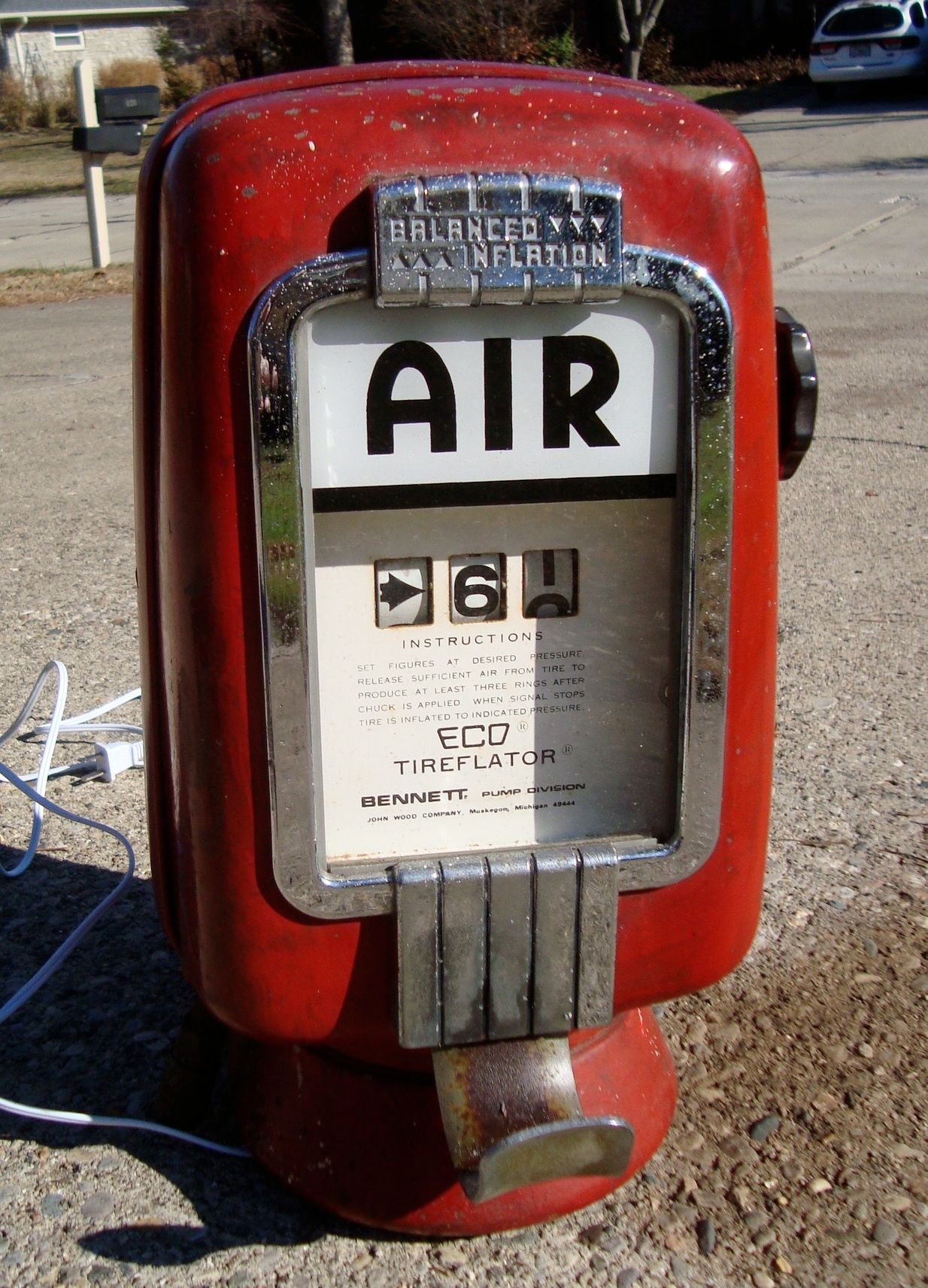 In this case, the contact patch of rubber with the road increases, which leads to increased friction or rolling resistance. A worn out outer edge of the tread can visually give out such a problem.
In this case, the contact patch of rubber with the road increases, which leads to increased friction or rolling resistance. A worn out outer edge of the tread can visually give out such a problem.
Increased friction with the road can cause the tire to overheat, slip and even burst. In addition, low tire pressure leads:
When tires are over-inflated, that is, above the manufacturer's recommended rate, the contact patch decreases. As a result, the main friction with the road is taken over by the central part of the tire.
Excessive tire pressure leads to excessive sensitivity to road irregularities and the risk of tire damage, even destruction. Overinflated tires also cause the following:

Tatyana Eliseeva, expert, master of sports of international class in motorsport, comments
For flat tires:
For overinflated tyres:
Excessive tire pressure leads to excessive sensitivity to road irregularities and the risk of tire damage (Photo: Shutterstock)
For each car model, the manufacturer sets its own optimal tire pressure. This indicator depends on the mass of the car, the speed of operation, the number of passengers (partial or full boarding), as well as the load on the trunk [1].
This indicator depends on the mass of the car, the speed of operation, the number of passengers (partial or full boarding), as well as the load on the trunk [1].
The recommended tire pressure can be found in the vehicle owner's manual or on one of the plates/stickers in the passenger compartment. They can be:
Tire pressure is measured in several units. In Russia, they usually indicate in kg / cm 2 (or atmospheres) and bars (bar). These two indicators are almost equal, which is why they are often used as synonyms:
Foreign models often use pounds per square inch (pound per square inch), or psi:
For convenience, car manufacturers can indicate pressure in two units at once - bar and psi.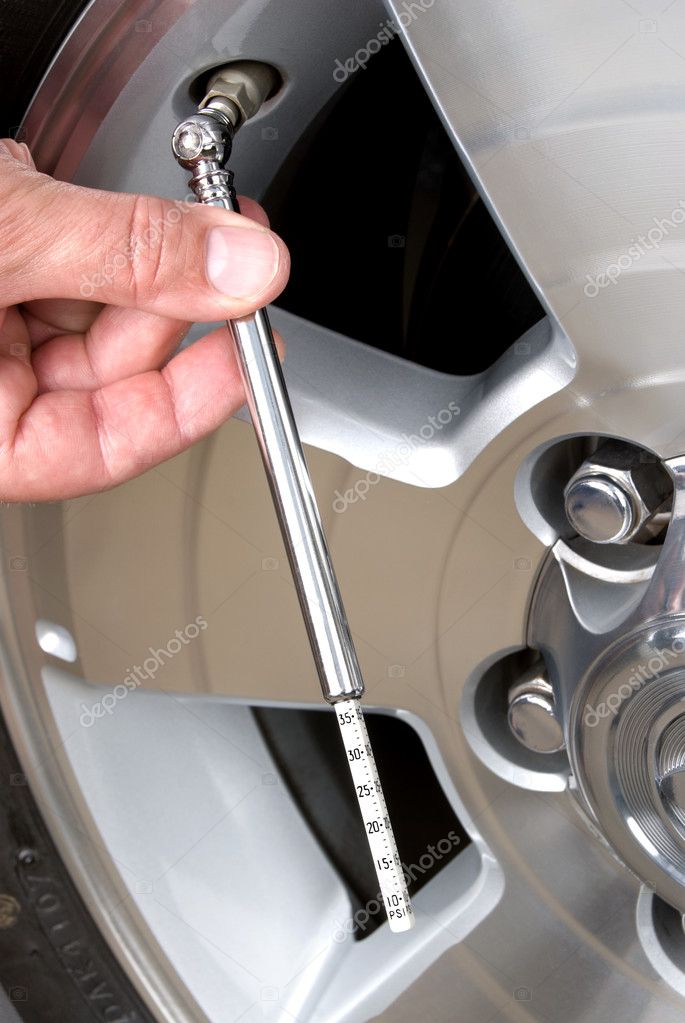 Thus, the need to independently calculate according to the formulas disappears. Otherwise, you can do this in one of the online calculators or check the table of popular values.
Thus, the need to independently calculate according to the formulas disappears. Otherwise, you can do this in one of the online calculators or check the table of popular values.
| 2.0 bar | 2.1 bar | 2.2 bar | 2.3 bar | 2.4 bar | 2.5 bar | 2.6 bar | 2.7 bar | 2.8 bar |
| 29psi | 30psi | 32 psi | 33 psi | 35 psi | 36 psi | 38 psi | 39 psi | 41 psi |
Temperature has a significant effect on tire pressure: when it drops, the pressure in the wheels decreases with it. When the temperature drops by 10 °C, the tire deflates by an average of 0.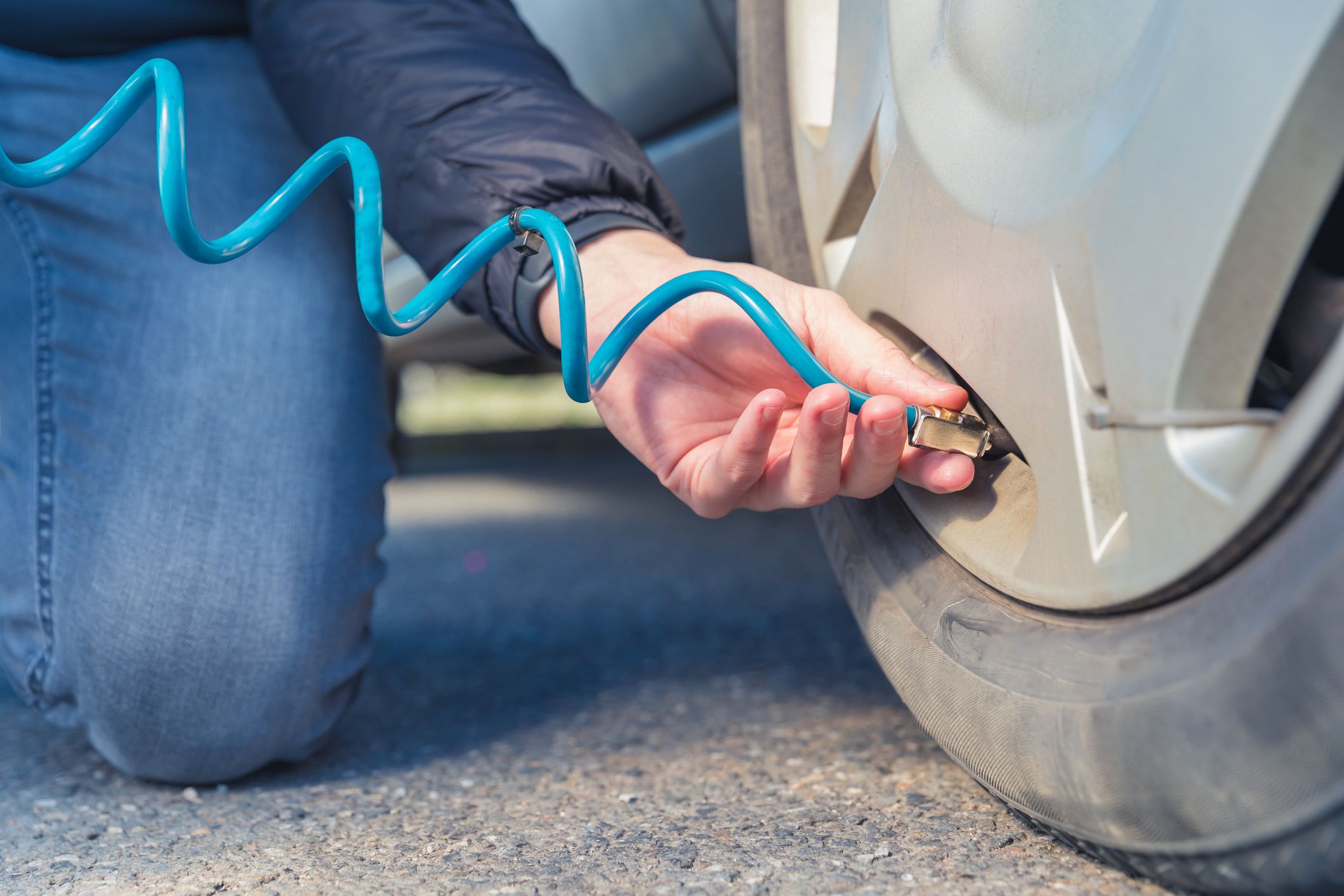 07–0.14 bar or 1 to 2 psi [2].
07–0.14 bar or 1 to 2 psi [2].
Temperature has a significant effect on tire pressure (Photo: Shutterstock)
Summer tires typically use manufacturer's recommended readings. But in winter, it is advised to add about 0.2 bar to these figures [3].
Experts also recommend checking and correcting tire pressure at outside temperature. In the cold season, swapping is best done not in a warm garage, but on the street. In summer, before such a manipulation, you should make sure that some of the wheels of the car were not under the scorching sun, while others were in the shade.
Sometimes the tire pressure needs to be adjusted according to the situation. For example, when the machine is fully loaded or a trailer is towed. For such cases, automakers, as a rule, separately indicate the optimal pressure.
But there are moments that fall into the category of extreme and non-standard (especially if before that the car most often drove around the city). Automotive expert Tatyana Eliseeva analyzed the most common of them.
Automotive expert Tatyana Eliseeva analyzed the most common of them.
Leads to heating of the wheels, especially in summer, and therefore it is necessary to follow the manufacturer's recommendations before such a trip. We do not know what we will meet: patched road repairs or heavy rain. After all, for each of these situations, the recommendations will be opposite. Athletes can play with pressure when track conditions are known and engineers can always change the settings. For a long journey, the layman just needs to choose the average.
Tires must be bled off, especially on sand. The question is for how much? You can bleed up to 0.7 atm, but a not very experienced motorist can slip the wheels with an inaccurate movement, and if the driver turns the steering wheel sharply (for example, trying to catch on the edge of the track), then the tire can come off the disk. And such cases occur regularly.
At near-zero temperatures on packed snow, ice or sludge for new wheels (Velcro or studded) it is better to pump the wheels a little so that water and sludge are squeezed out of the central zone of the contact patch and the tread is better have worked.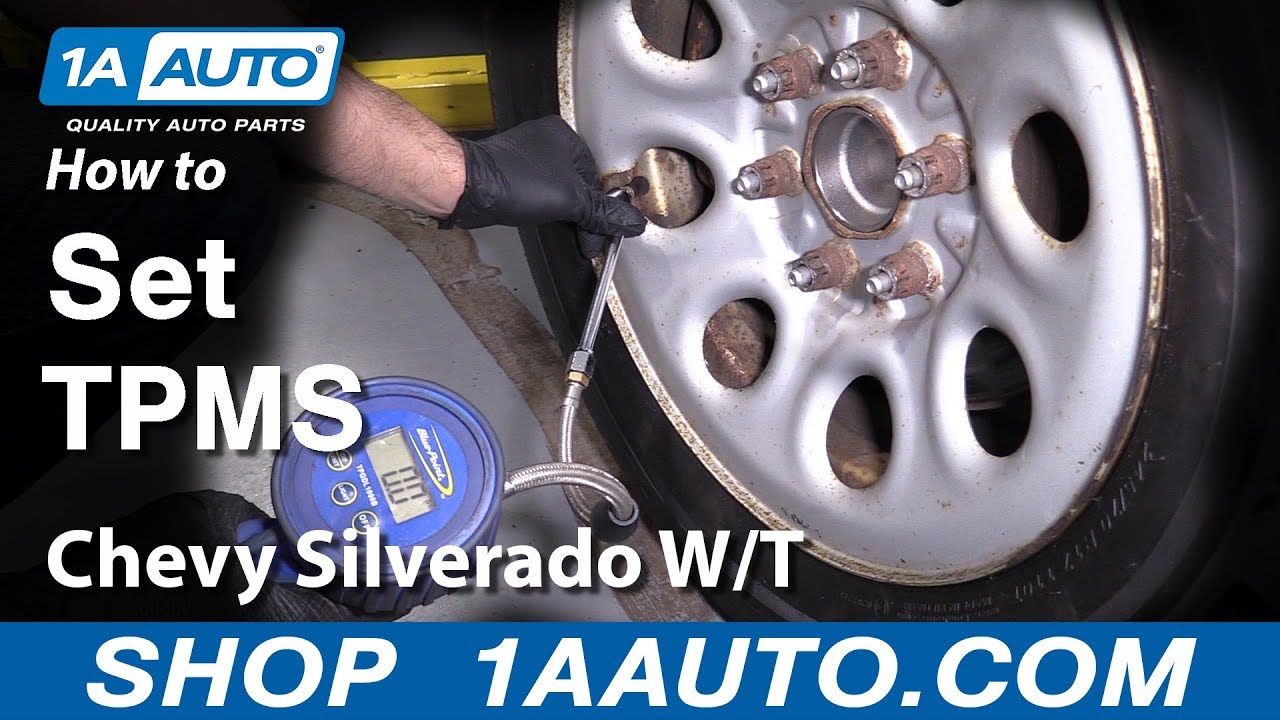 The wheel must be cleared for the tread to work. When it is clogged with snow, the braking distance and traction deteriorate greatly.
The wheel must be cleared for the tread to work. When it is clogged with snow, the braking distance and traction deteriorate greatly.
If the car has worn wheels, but with an acceptable tread depth for winter tires (4 mm), then you should not hope for the correct operation of the tread. Such a low checker no longer pushes the snow. In this case, it is necessary to reduce the pressure in the wheel, thereby increasing the same contact patch.
Photo: Global Look Press
On a country road, the weight of the machine will be an important factor. In this case, we select the pressure according to the load - specific indicators must be viewed on the central pillar of the body. There you will see something like the following recommendation: the more the car is loaded, the higher the pressure in the rear wheels should be.
But a badly broken road can lead to herniations, ruptures and tire damage. Therefore, if we increase the pressure, then we drive on a bad road as calmly and measuredly as possible.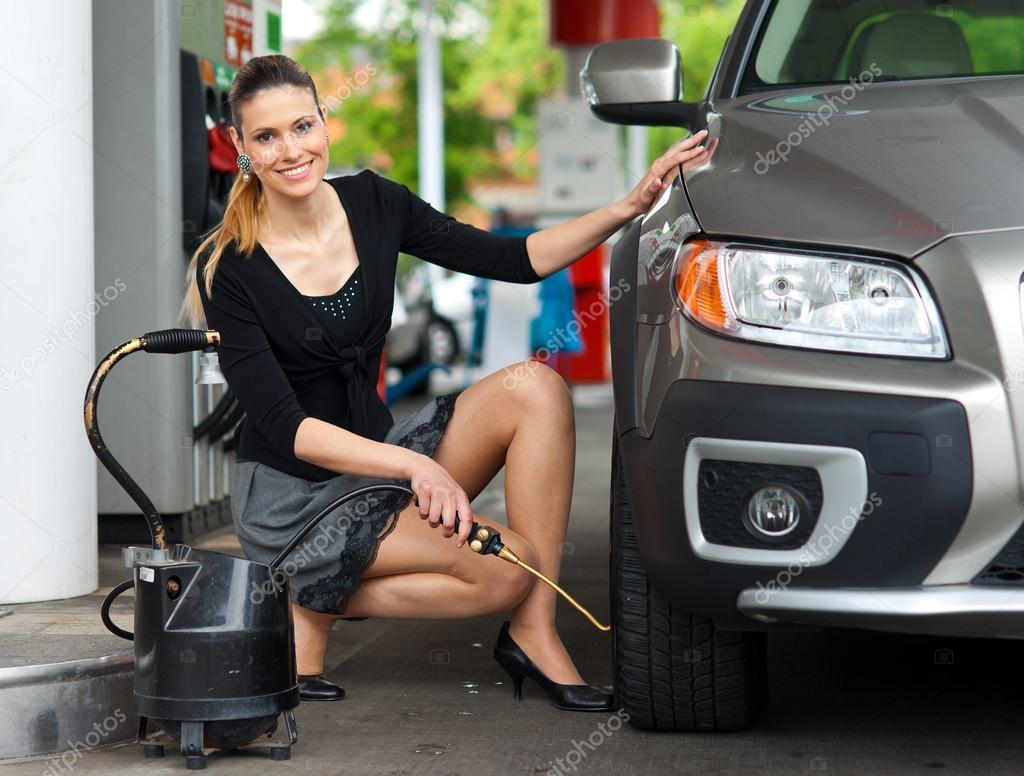 Or we slightly deviate from the manufacturer's recommendations and raise the pressure not as much as the manufacturer recommends.
Or we slightly deviate from the manufacturer's recommendations and raise the pressure not as much as the manufacturer recommends.
The main factor in changing the behavior of the wheel is not the pressure drop at altitude, but the presence of a large number of tight turns and long braking. The tire will heat up not only from the loads, but also from the operation of the brake mechanisms. Therefore, the idea that due to low pressure it is necessary to increase the pressure in the tires is wrong, because the temperature of the wheel has a much greater influence in this case.
The recommended pressure is always given when the tires are cold. This means that the vehicle has not been driven for three hours or has traveled less than 1 mile (or one mile).
There are two ways to check tire pressure: on your own or at a workshop. In the first case, it is enough to use a public pump at a gas station or purchase a pressure gauge. This tire pressure measuring device comes in three types:
This tire pressure measuring device comes in three types:
Another option is to install special pressure control caps on each nipple. Such a gadget works as follows: the upper part of the cap is transparent and, depending on the level of pressure, an indicator of three colors appears in it. Green - the pressure is normal, yellow - the tire is flat, red - the pressure has exceeded the norm.
Photo: Shutterstock
The easiest way to monitor tire pressure is with the automatic TPMS (Tire Pressure Monitor System). Today it is installed on almost all models, and in some countries its presence is a prerequisite for releasing a car from the assembly line.
In these systems, the electronics automatically detect changes in the tire, and if the pressure drops below the recommended value, a warning signal lights up on the on-board computer screen.
There are two types of TPMS:
Car manufacturers recommend checking tire pressure every two weeks, but at least once a month. Indeed, even under ideal conditions (for example, the car is idle for a long time), the wheels lose approximately 0.069bar, or 1 psi, per month [4].
The pressure should be monitored before and after a long trip, during a sudden change in temperature (for example, during the first frost or warming), and also after changing tires or driving with a load.